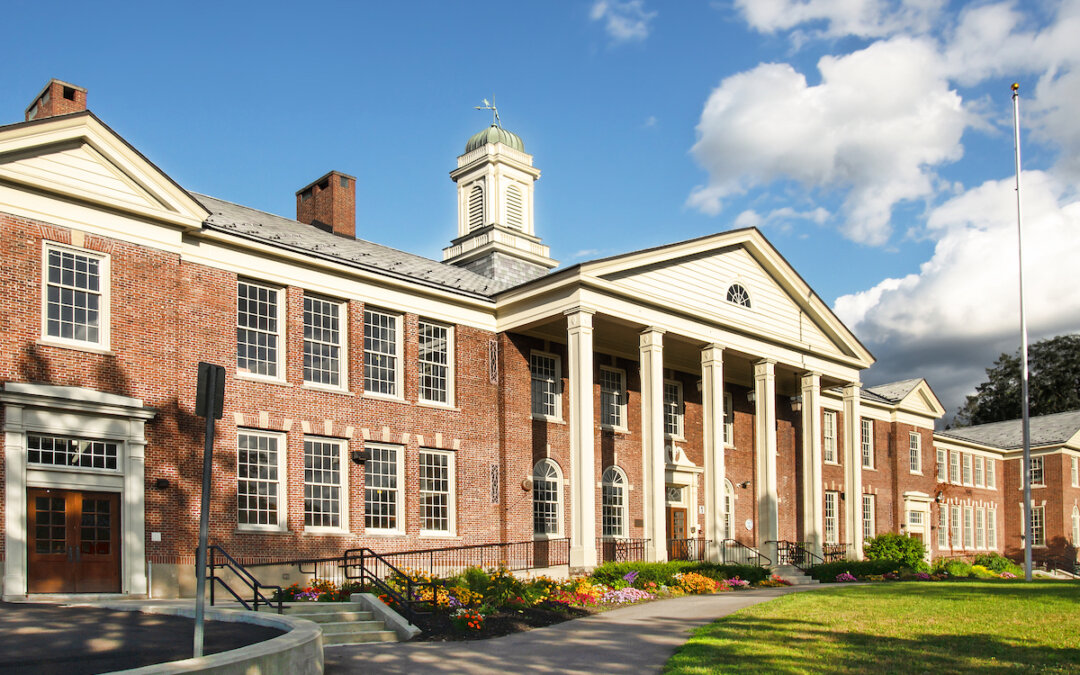This week, The Princeton Review released its findings from the 2025 edition of the College Hopes & Worries Survey. Each year, this survey provides insights into the concerns, aspirations, and decision-making processes that affect college applicants and their families. The 2025 edition is based on survey responses gathered from 9,317 individuals—including 7,023 students and 2,294 parents—from all 50 U.S. states, Canada, and some countries abroad. It sheds light on the evolving college admissions landscape, and how recent changes are shaping families’ attitudes toward higher education. In particular, the survey captures the anxieties of students navigating an increasingly competitive and expensive higher education system, indicating that the selectivity and cost of college are pushing students to consider alternatives to the traditional, elite universities that have long been the most desirable options for highly motivated students.
Here are the five most important takeaways from this year’s survey:
1. The College Application Process is More Stressful than Ever
First and foremost, the survey highlights the emotional toll that the college application process takes on students and parents. As acceptance rates at Ivy League and many other top universities remain in the single digits, the pressure to craft an eyecatching application—including near-perfect test scores, exceptional extracurricular achievements, and compelling essays—has a significant impact on applicants and their families. Of those surveyed, 73% reported their stress about the college application process to be “Very High” (29%) or “High” (44%). This number has been steadily increasing—in 2003, only 56% of respondents reported high or very high stress, increasing to 68% in 2010. Of all the requirements of the college admissions process, 35% of respondents indicated that “completing admission and financial aid applications” is the toughest aspect of the admissions process.
2. Students’ “Dream Schools” Are Diversifying
In light of the fierce competition at Ivy League+ colleges, as well as continued critiques of inequitable admissions practices and allegations of antisemitism, many students are prioritizing other schools on their list—and this trend was evident in the survey. The top ten schools most named by students and parents as “dream schools” (“What ‘dream college’ do you wish you (your child) could attend if acceptance and cost weren’t issues?”) included public universities such as University of Michigan, University of California Los Angeles, and University of Texas at Austin, as well as private schools outside of the Ivy League such as Duke and NYU. While these schools are also competitive, prestigious, and highly ranked, it is telling that not all of the Ivy League schools appeared on the list of most-named “dream schools,” and that the list included flagship state schools and other private institutions.
3. Standardized Testing Returns to Prominence
One of the most notable trends emerging in the college admissions landscape is the resurgence of standardized testing as a primary consideration in the admissions process. The Covid-19 pandemic led many schools to adopt test-optional policies, and many students in turn opted not to take standardized tests. Yet, many top schools have reinstituted their testing requirements in recent years—and students have shifted course accordingly. The survey found that 92% of respondents reported that their child had taken or were planning to take the ACT or SAT. Almost half of the respondents noted that their reason for taking the test was that “Scores can distinguish my applications and improve their chances of being accepted.” Standardized testing emerged as the second most chosen answer regarding the most difficult aspect of the college application process (32%); however, recent changes in the ACT and SAT were viewed favorably, with 72% of respondents answering “I welcome this change and believe digital versions will be improvements.” The survey also found that applicants favored the SAT, though a greater percentage indicated that they would take both tests than in previous years—an increase that could be attributable to changes in the testing formats.
4. Financial Considerations Take Center Stage
A consistent trend in the survey’s findings was stress over students’ financial futures. With the cost of tuition and fees at both public and private institutions continuing to rise, families are increasingly concerned about affordability. Ninety-eight percent of survey respondents reported their intention to apply for financial aid, and almost half (48%) noted that financial aid was “extremely necessary” in order for them to attend college. The survey’s findings align with broader national trends, as data from the Education Data Initiative indicates the cost of tuition at public 4-year institutions increased 36.7% from 2010 to 2023. Many students and parents are forced to navigate a complicated system of scholarships, grants, and loans, and are often uncertain about their ability to cover the full cost of attendance. When asked about their most significant worries in the admissions process, the plurality of respondents (38%) chose “Level of debt to pay for the degree,” with another 26% selecting “Will get into first-choice college but won’t be able to afford to attend.” In 2003, only 6% of respondents cited debt as their primary worry in the admissions process. Despite these concerns, 99% of this year’s respondents still claimed that a college degree is “worth it,” with almost half reporting that the primary benefit of higher education was “Potentially better job and income.”
5. Starting Early Is Critical
With acceptance rates at top schools shrinking and application expectations becoming more complex, students and parents found that those who plan ahead are at a distinct advantage. Overwhelmingly, the most frequently proffered advice from respondents was: “Start early.” Not only was this the dominant response on this year’s survey, but it has consistently appeared as the primary piece of advice on every survey for the last 22 years. Early preparation and long-term strategic focus allow students to discover and articulate their core passions, engage deeply in meaningful extracurricular activities, and develop the academic foundation needed to excel in the admissions process and at a top college.
For students currently navigating the admissions landscape, these findings serve as a reminder to take a holistic and long-term approach to the college application process. Students who begin planning as soon as they start high school are able to approach the process with confidence and a clear sense of direction. Rather than simply looking at a college’s prestige, students should seek to articulate their interests and goals and apply to schools that align with their values, passions, financial capabilities, and academic and career ambitions. While the ever-changing nature of the college admissions process can pose additional challenges and stress, students can overcome these hurdles by planning ahead, doing their research, and seeking expert guidance to help them navigate the process.
Originally Published on Forbes.











